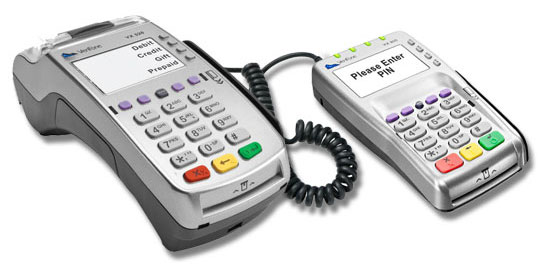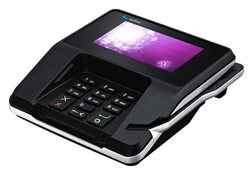Mobile credit card processing and online payments of all types can ensure business cash flow during and after a disaster. When the storm is over and people emerge to shop again, how will businesses manage accepting credit cards? Or get paid by check if mail is undeliverable? Critical issues include power, telephone and internet access, as well as human capital when employees scatter to many different places.
How can we help your business when a USA storm is imminent?
- Online pay page– hosted pay page supporting ACH/echeck with or without guarantee, credit card, wire and Paypal. No web developer is needed for this fast solution; just send our custom link to your customers.
- Electronic Bill Presentment & Payment- Login to a portal and Text or email your customers a pre-filled payment object with link to pay a specific invoice; optionally create detailed invoices on the fly if your accounting system is not available.
- Virtual terminal – your employees key enter the payment information via virtual terminal on a secure hosted web page or using the mobile app (free).
All solutions above are quick and easy to adopt and they work with your existing financial partners such as merchant services or check processor. Remote training videos can help users get up and running the same day as the account is activated from wherever they are. For the two self-pay options above, when using 3-D Secure cardholder authentication, liability for fraud shifts to the issuer, much like EMV does for retail. Additionally, the qualified rated for credit card acceptance in many cases is the same as retail.
It’s probably not realistic to get a credit card swiper on short notice because in the current retail world, EMV chip card and point to point encryption are critical to protect against fraud and data breaches. Use a store bought mag card reader at your own risk.
Good to know:
- Works with all or most processors- bring a merchant statement, online login, or contact information with you when evacuating so we can connect to it.
- No long term agreement- month to month
- Plugins available for many software solutions
- Encrypted virtual keypad protects cardholder data from key logger software (important when employees may be using their own PC’s)
- PCI Compliant
- Each user has unique login for compliance and tracking; same permission based login across all solutions.
- Standardization across all locales for complete transparency, and compliance.
- With simple cashiering you can even manage and track cash transactions.
Contact Christine Speedy 954-815-6040 or cspeedy At cenposreseller.com




